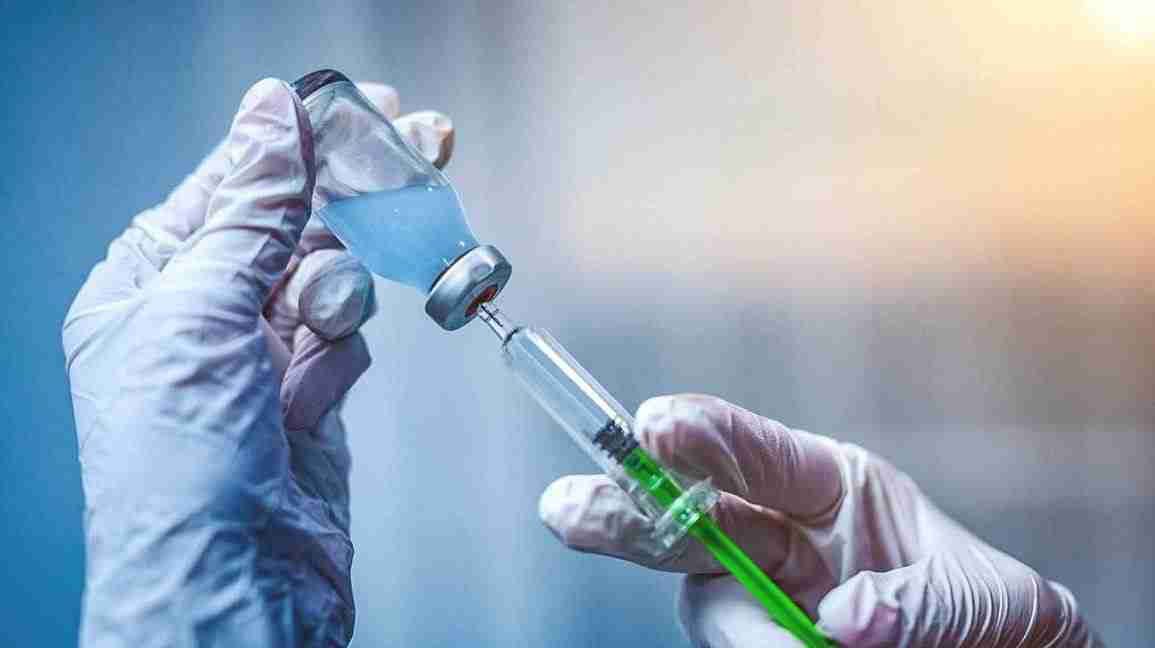Ankylosing spondylitis (AS) can bring about chronic pain, inflammation, and stiffness in your spine. If left untreated, uncontrolled inflammation can lead to the growth of new bones on the spine, which can cause sections of your spine to fuse together.
AS can gradually limit your mobility, so getting a proper diagnosis and treatment plan is critical to avoiding disability. Different therapies are available to help slow the progression of the disease and achieve remission, including biologic therapy.
Biologics aren’t the first line of defense for treating AS. Some people can manage their symptoms with lifestyle changes (losing weight and exercising). Others have positive results with nonsteroidal anti-inflammatory drugs (NSAIDs), such as naproxen sodium (Aleve) or ibuprofen (Motrin, Advil). When these medications don’t work, steroid injections or disease-modifying antirheumatic drugs (DMARDs) can be taken to reduce inflammation.
Sometimes, however, none of the above are effective. If your condition remains the same or worsens, biologics may provide relief and improve your quality of life.
But before you agree to start biologic treatment, make sure you understand how it works.
What is biologic therapy?
Biologics are similar to other medications for the treatment of AS. They can reduce inflammation and help you manage symptoms. But unlike other therapies you might have used in the past, biologics are synthetic proteins made from living organisms that mimic normal proteins.
Biologics are a type of targeted therapy designed to control immune system function and stop inflammation. With biologic therapy, you’ll receive injections into your skin, or your doctor may administer the drug via infusion intravenously.
Different types of biologics are available, but not every biologic is approved for this condition. If you have AS, your options include:
- adalimumab (Humira)
- certolizumab pegol (Cimzia)
- etanercept (Enbrel)
- golimumab (Simponi, Simponi Aria)
- infliximab (Remicade)
- secukinumab (Cosentyx)
How do biologics treat AS?
Biologics are effective because they target certain proteins in the immune system that are responsible for causing inflammation, which contributes to pain and stiffness associated with AS.
Even though there are six biologics approved for the treatment of AS, different biologics target different proteins, or use different types of molecules to target the same protein.
For example, adalimumab (Humira), certolizumab pegol (Cimzia), etanercept (Enbrel), golimumab (Simponi, Simponi Aria), and infliximab (Remicade) are tumor necrosis factor (TNF) blockers.
TNF is a cell-signaling protein that plays a role in systemic inflammation. Normally, it contributes to your immunity and can protect you from infections and cancers. But if you have an overactive immune system (as occurs with autoimmune diseases like AS), your body produces excess amounts of TNF. This overproduction leads to chronic inflammation.
TNF blockers target this protein with the goal of suppressing its inflammatory response. By inhibiting the tumor necrosis factor, these biologics can stop inflammation at its source.
Another biologic therapy available for AS targets interleukin 17 (IL-17), which are proteins responsible for many biological functions, including inflammation. Secukinumab (Cosentyx) has been approved as an IL-17 inhibitor. This drug targets and blocks the function of IL-17, which stops the cycle of inflammation and relieves symptoms of AS.
Once a biologic is in your system and begins working, you should notice less pain and stiffness. However, biologics not only stop the pain, but also stop joint damage and prevent AS progression. As a result, you could enjoy a more active lifestyle.
How would I receive biologic therapy?
Because biologics are a targeted therapy, and stomach acid would destroy these proteins, you can only receive the treatment through infusions or injections.
With infusions, medicine is administered directly into your blood intravenously. You’ll visit your doctor’s office every few weeks or months, and each treatment may take several hours to complete.
Another option is injections once or twice a month, depending on the type of biologic. Injections may involve receiving starter doses consisting of one or more at the same time. You’ll learn how to give yourself injections at home.
Biologics don’t cure AS, so you may need to continue biologic therapy to keep your symptoms under control.
There’s the risk of infections with biologics, so you shouldn’t take more than one biologic at a time. However, your doctor may prescribe a DMARD to take with it.
There are a variety of biologics available, and they work differently for everyone. Don’t be alarmed if you don’t see an improvement in symptoms after several weeks on a biologic. Talk to your doctor about your symptoms. Your doctor may suggest switching to a different biologic for better results.
What should I know about biologics for AS?
It’s OK to see redness or develop a rash at the injection site. Your skin should return to normal within a few days. Subsequent injections can result in a hive-like lesion at a previous site of injection, not at the current site.
Keep an open eye for signs of an allergic reaction when taking a biologic to treat AS. These include swelling of your face, lip, or tongue, or difficulty breathing.
Biologics can increase the risk of infection because they reduce the effectiveness of your immune system. So notify your doctor if you develop an infection or fever while using this therapy. Also, see your doctor if you have any unexplained bruising or weight loss, as there’s also the risk of developing a blood disorder.
Outlook for AS
Don’t lose hope if you’ve yet to find relief for AS. Biologics may be the answer, so talk to your doctor. Because this therapy targets specific proteins in your body, they are generally effective with stopping inflammation and slowing the progression of the disease. But be patient — it can take up to 12 weeks for you to feel better.

